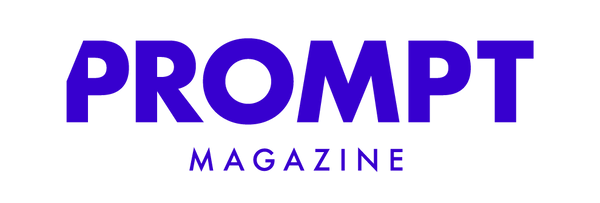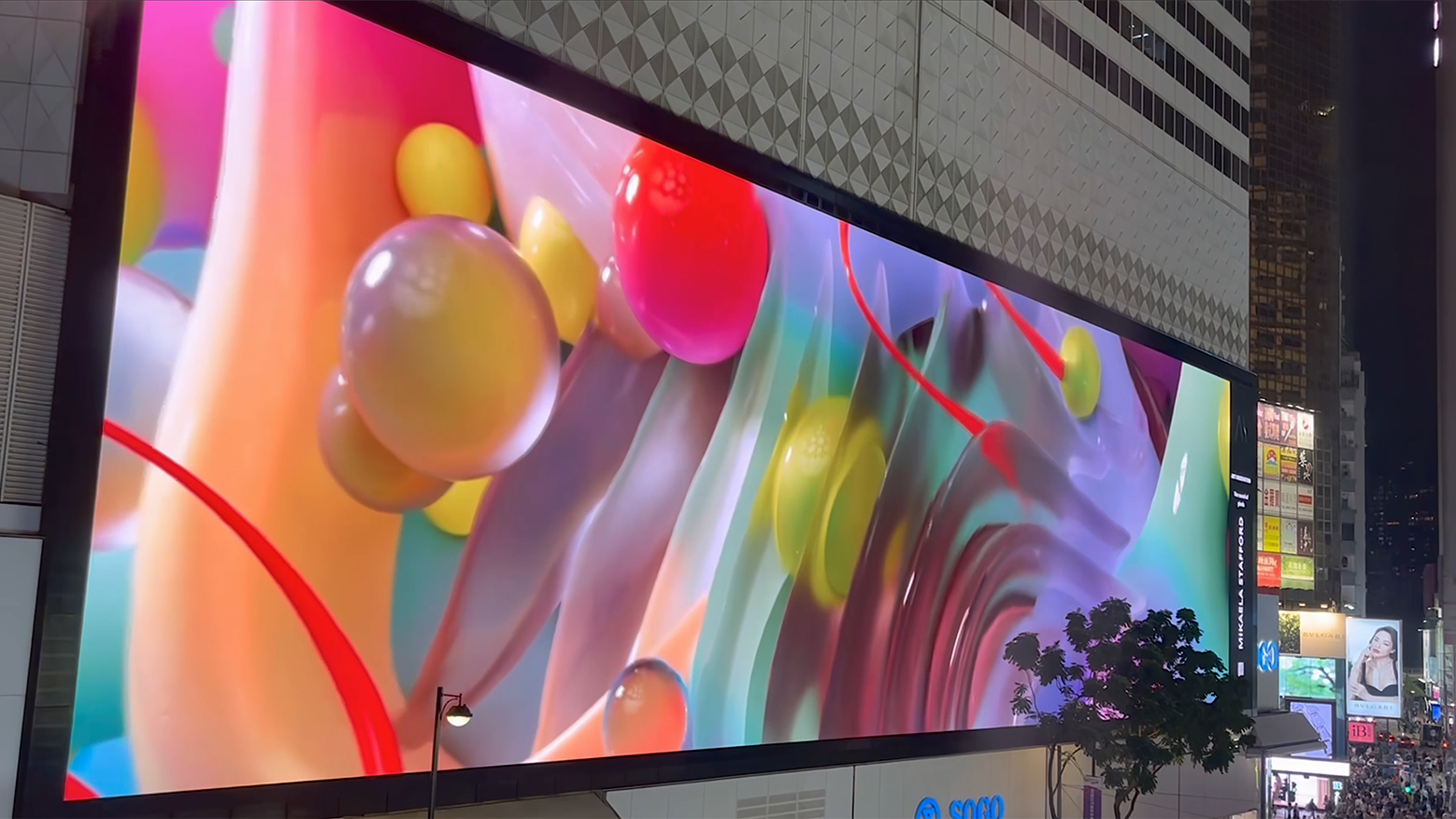
MIKAELA STAFFORD
The dynamic duo behind Braw Haus, Justine Vilgrain and Patricia Gloum, offer us an interview with their talented digital artists.
"I think it’s more important than ever that we investigate the opportunities and challenges of a cyber-physical"
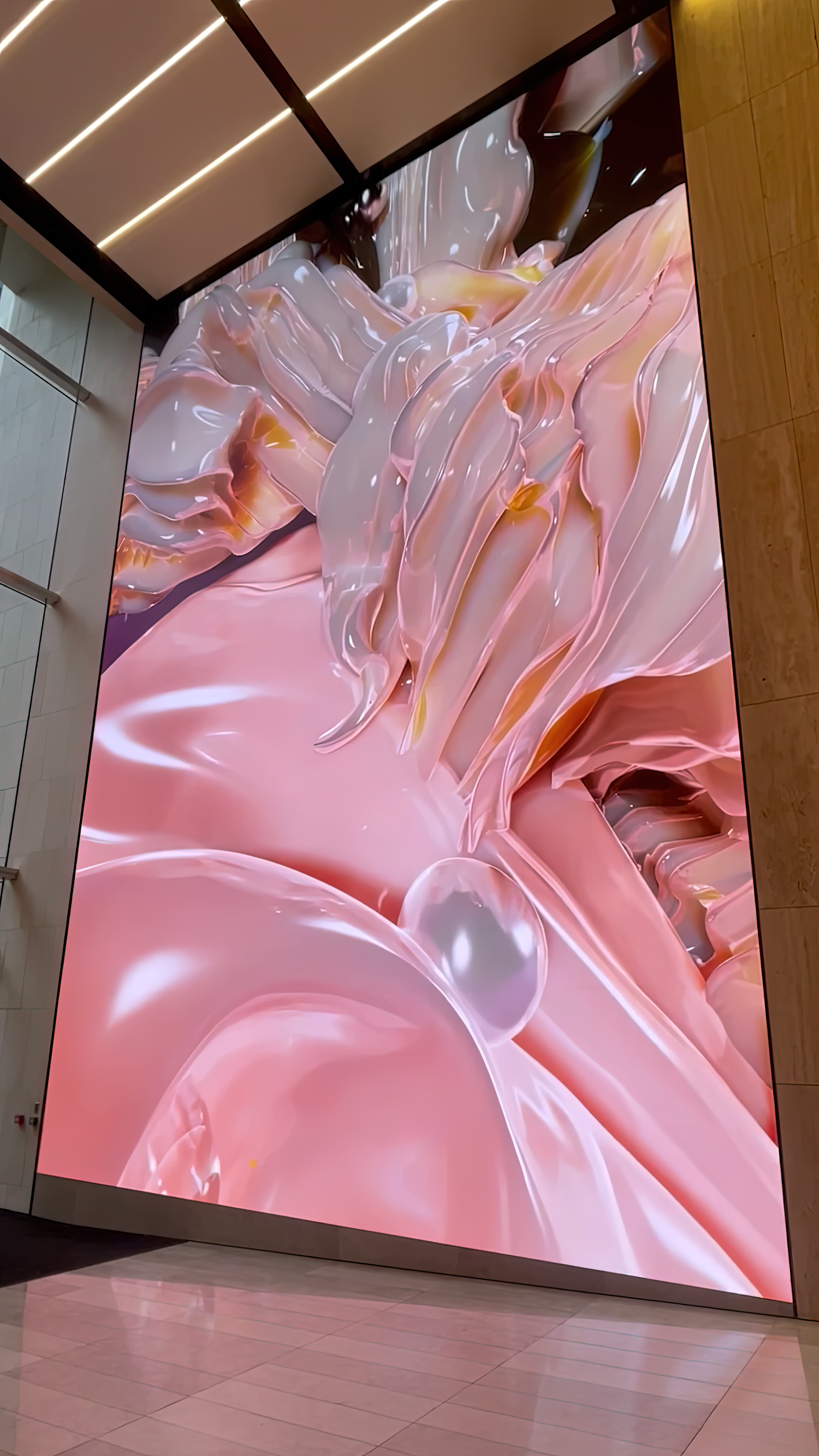
Could you introduce yourself and tell us about your journey as a digital artist?
"My name is Mikaela Stafford, I’m an Australian visual artist currently living in Paris. My work spans across 3D motion, installation, sculpture and public art. Before covid, I was working as an installation artist and stage designer so throughout that journey I learnt a lot about spatial and lighting design which ultimately helped me immensely when I was teaching myself 3D (on youtube) throughout the lockdowns. Before then, I didn’t really use any digital design software - for the most part everything was hand drawn but I wanted to upskill and since then I’ve been able to create and exhibit work in ways I couldn’t have imagined before.
Concepts around world building and speculative futures have always been of particular interest to me and since becoming a digital artist I’ve been able to access parts of my creativity I don’t think I would have been able to with other mediums. It’s been a really transformative tool to help me better understand the world around me and myself as an artist. Over the last two years, I’ve spent a lot of my time working on a number of commercial campaigns for brands which has been an incredible learning experience but I’m currently shifting away from that kind of work for a bit. Over the next 12 months I’m being more intentional about focusing my energy on my art practice and making that a priority. I’m incredibly grateful for all the opportunities I’ve had but something creatively fulfilling hasn’t been there for me for quite a while so I’m changing that and am very excited to see what happens over the coming months!."
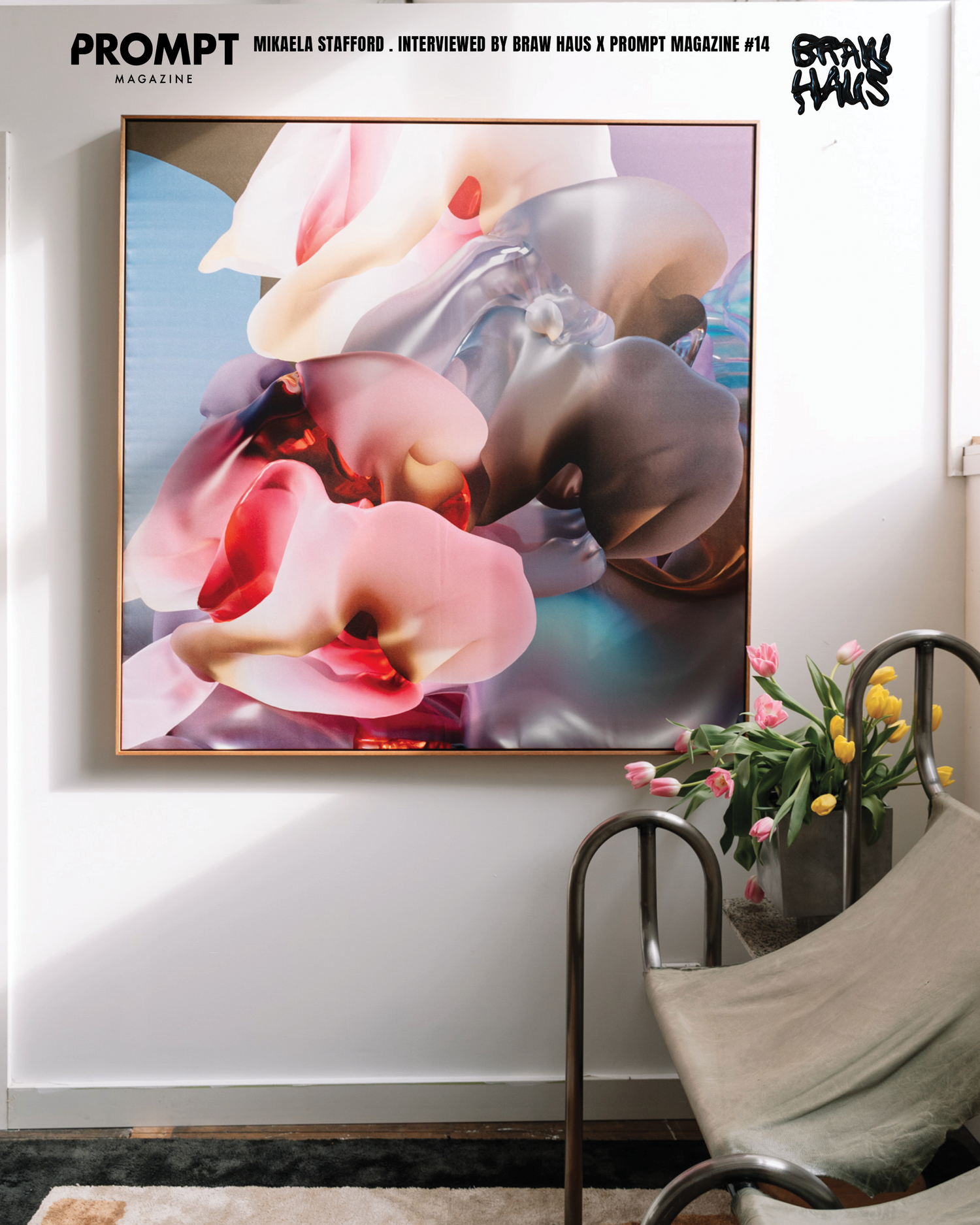
What are your inspirations as a digital artist, and how have your origins influenced your work?
My work is focused on the complex relationships between humans, technology and nature. I really believe exploring the intersections of these realms can provide possible pathways for us to reimagine what a sustainable and diverse future could look like. There’s no doubt my background in stage design and installation art has informed my curiosity into the interconnectedness and interdependence between the digital and physical realms.
Given the current state of the world, I think it’s more important than ever that we investigate the opportunities and challenges of a cyber-physical future and in the process of doing that, offer ideas of how that could exist in an equitable and almost utopian way.
For a sustainable future to be possible it’s important we have a vision, alignment, purpose, insight (or in this case) some kind of visual communication that conveys the values and ideas around what this kind of future might look like. I think it’s important we focus on positive and innovative messages that inspire rather than succumb to the despair that is often portrayed by political and environmental pessimism.
Consequently, my work seeks to cultivate an aesthetic that embodies these principles. I do this by depicting thriving and abundant bio-digital environments where technology and the natural world exist harmoniously.
-
What challenges or obstacles have you faced as a digital artist?
There’s quite a few so I don’t really know where to start! But I think the moments when I’ve felt the most helpless is when there are technological problems - I can’t figure out a simulation, I’ve had a system crash, auto save mysteriously wasn’t on, hardware issues, running out of storage but the deadline is the next day, following an idea for too long and then in the last 10% I still can’t get the project to work because something can’t be simulated etc etc. Sometimes the stress and concentration required for a job like this takes a massive mental toll which makes relatively manageable tasks feel impossible at times. Anyone working in 3D will understand what I mean haha. In saying that, with time, I’m learning to manage stress by not over working and prioritising having as much fun in my life as I do work. This makes the challenges less overwhelming and I’m able to stay more calm in testing times. I’ve realised nothing is worth burning out for so my approach is simply to do less but do what I choose to do, better.
Other, more abstract obstacles, are more closely related to my relationship to my ego and expression. When I’m feeling uninspired (this often happens when I put unrealistic expectations on myself) it can be a challenging headspace to move out of. I always hope to push myself further both creatively and conceptually on every project I do - but I have the unfortunate tendency to be quite impatient with myself which creates a lot of problems. I’m slowly learning how to allow myself more time to explore and let the ideas flow out of me instead of forcefully trying to summon them. Not an easy task but I’m working on it!
-

Energy Never Dies It Just Changes Shape I
-

-
How do you think artificial intelligence can influence the world of art and are you as an artist exploring this field, if so how and if not why?
What I find particularly interesting about AI is how much it makes people question the way they interpret the world, particularly when considering the fusion and tensions between human creativity and technology. The line between man and machine is becoming increasingly more ambiguous and difficult to distinguish between which understandably people find incredibly concerning. We really don’t know where this is all going and I think this general anxiety is felt on many levels with our governments and policy makers worldwide. It feels a bit like the wild wild west at the moment and I think AI has become a real symbol of that.
The surreal imagery that is often produced by AI art perfectly depicts how abstract and disorientating the world is becoming. It’s constantly morphing into something we didn’t expect or see coming and the whiplash of this has immeasurable consequences for everyone.
So although I don’t use AI for creative purposes at the moment, I really do think, as a medium, it perfectly encapsulates the imbalances, uncertainties and anxieties felt globally and is a powerful tool that encourages viewers to reflect on their own lives, beliefs and value systems. I think a level of skepticism about AI has encouraged people to rethink where they place their trust and how they engage with media literacy and misinformation thus prompting a broader discussion about the importance of transparency and ethical practices in media production which is an incredibly important lesson AI is teaching us.
So with that in mind, I think AI simultaneously symbolises a sense of necessary and urgent social change/ action, hope, innovation, potential and collectiveness that really aligns with my values and interests as an artist. I think it’s been an incredibly eye opening societal shift that has and will continue to have an immense impact on the way we engage with art but more importantly the world around us.
As the technology continues to evolve, I look forward to experimenting with the medium in the future. AI isn’t going anywhere so it’s important that we embrace this new technological epoch and ensure that our governments establish transparent and ethical standards for AI development and keep CEOs and learning engineers accountable.
1
/
of
4
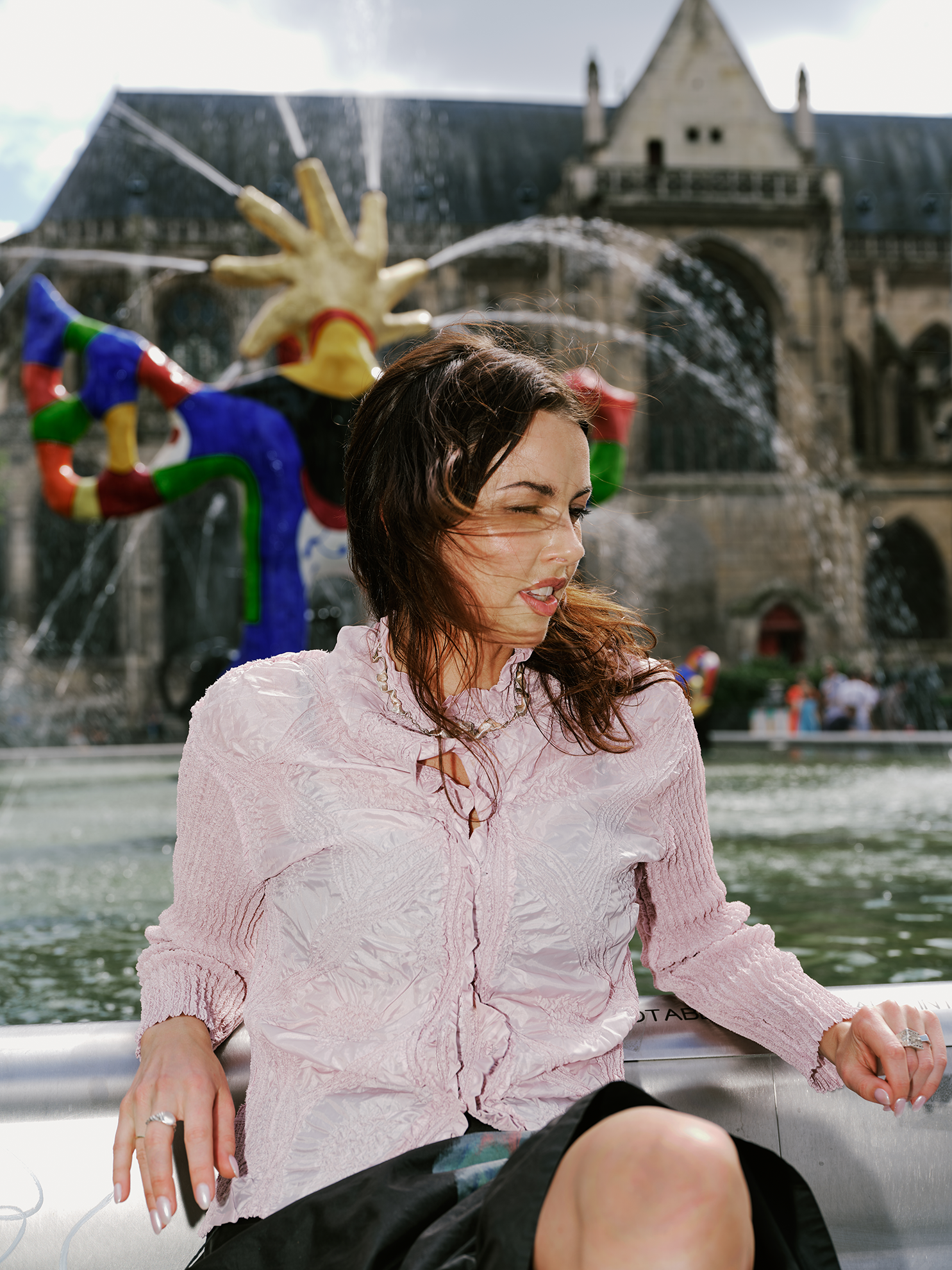
How do you think NFTs have changed the digital art market?
I still believe in the philosophy of a decentralised market and think NFTs could be a sustainable way to distribute and exhibit digital art but I think the cultural aspect has impacted the public’s perception of it to such a degree that it’s hard to imagine it coming back with the same level of opportunity and optimism it had back in 2020. The tech-bro-money-grab climate of it all really poisoned the potential for NTFs which I think is a massive shame for all kinds of artists, not just those working with digital mediums.
If I’m honest, I feel disheartened about the future of NFTs due to their ‘cringe’ association but would like to think as a society we can and should develop ways for artists to protect themselves and their work in an autonomous and accessible way.
Braw Haus Prints Collection
-
Dirk Koy | Shape Study 42| Limited Signed Edition Print | 20 Editions
Regular price €250,00 EURRegular price -
Kynd | Étude on Painting | Limited Signed Edition Print | 20 Editions
Regular price €100,00 EURRegular price -
Kaoru Tanaka | Metal Wave | Limited Signed Edition Print | 20 Editions
Regular price €150,00 EURRegular price -
Teresa Manzo | Honey Heart | Semi-Glossy Print
Regular price From €30,00 EURRegular price
Blog posts
View all
1
/
of
3
